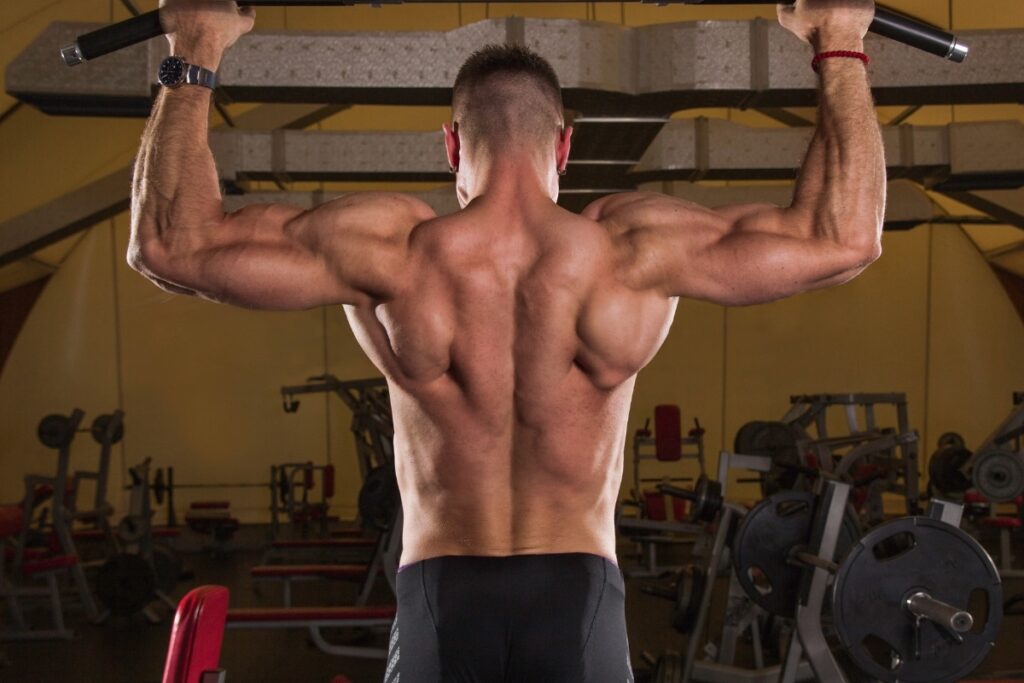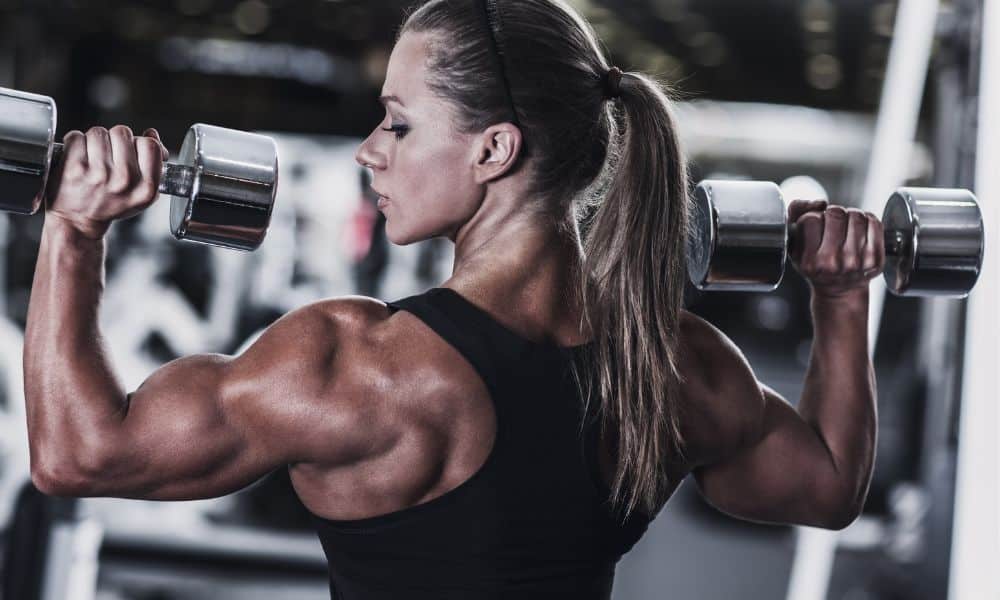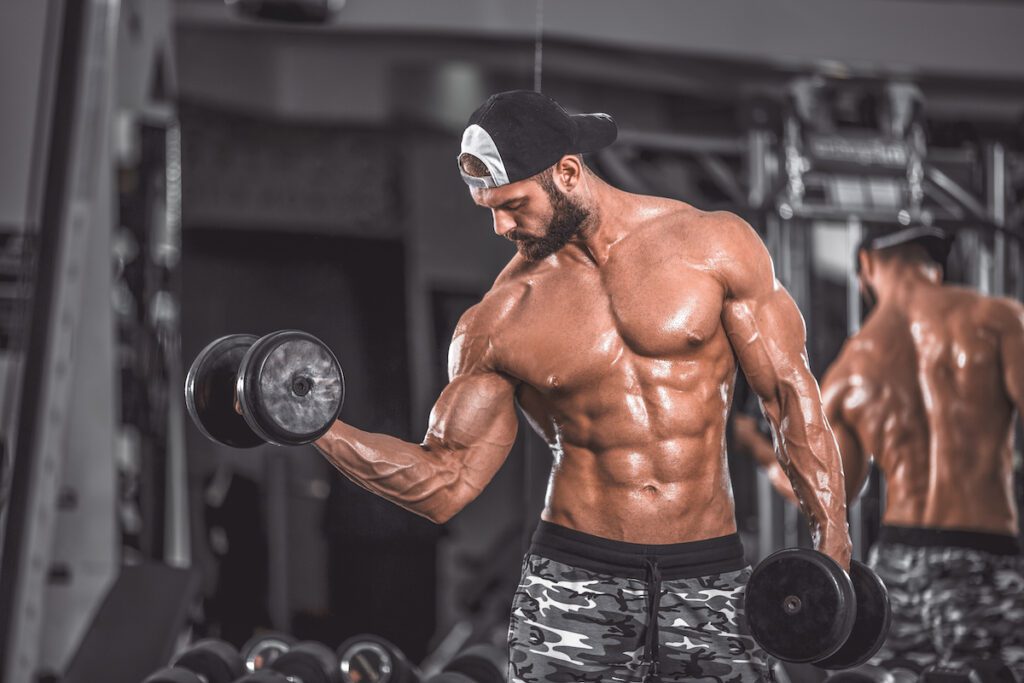Do you want to know how to unlock the secret of back muscle anatomy for bodybuilding? Building muscles is science, especially regarding back muscle anatomy. The back muscles perform pulling actions. Therefore, any activity that requires you to pull will workout your back. The deadlift, row variations, pull-ups, lat pulldowns, chin-ups, and pullovers are all pulling exercises. You might not be able to see all your muscles as they develop, but with proper guidance and knowledge, you can get the most out of your bodybuilding.
Back Muscle Anatomy for Bodybuilding
Knowing your anatomy before starting any exercise is essential to target the correct muscle group for optimal results. So let’s explore the four main muscle groups in the back, the lats, traps, rhomboids, and erector spinae, and how to work them out effectively.
Latissimus Dorsi Muscle Group
The latissimus dorsi is the broadest back muscle on both sides of your spine. The lats, as they are called, run from your lower back up to your armpits. This muscle group controls hip extension, shoulder adduction, and internal rotation.
To workout this muscle group effectively, you should focus on exercises such as pull-ups, inverted rows, chin-ups, and bent-over rows. All these exercises require a lot of force from the lats, so make sure you use proper form when performing them.
Trapezius Muscle Group
The trapezius muscle group is located at the top of the back and extends from your neck to your mid-back. This muscle group is responsible for shoulder elevation and retraction, which are essential for heavy lifting. Exercises such as shrugs, upright rows, cable pulls (both front and rear), and bent-over lateral raises are great ways to workout this muscle group efficiently while avoiding injury. Always perform these exercises slowly with controlled movements to target this area correctly.
Minor Muscle Groups
The rhomboids connect from the shoulder blades to each other, providing stability and aiding in shoulder retraction. Finally, the erector spinae is a group of three large muscles that run along either side of your spine, stabilizing it when lifting heavy weights or performing exercises that require spinal stability.
The Last Word on Unlocking the Secrets of Back Muscle Anatomy for Bodybuilding
Understanding the back muscle anatomy will help get you closer to achieving all your bodybuilding goals! For example, how the back responds to failure differs from how the biceps respond. The biceps burn out while the back numbs out—this is important to know for recovery purposes.
Knowing which muscles need more attention than others during workouts can help maximize gains while avoiding injury or overtraining certain areas of the body. Remember that technique is critical when building muscles, so constantly perfect each movement before going into full swing with any exercise routine! With some knowledge of anatomy and some hard work, success will be yours!
If you or someone you know is considering bodybuilding, share this article on Facebook or Twitter so that others can learn more about building muscle.




